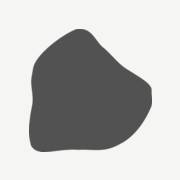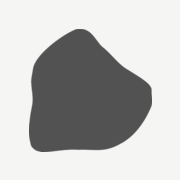Switzerland's heaviest putting stone
There are a couple of giant stories this month from Switzerland and Ireland, so let's dive straight in.
Here's your list of topics, feel free to jump to the ones that interest you most:
- The Ybrig Stone
- Dinnie Stones 2026
- Stonelifting Sessions updates
- Made of Stone documentary premieres
- Pudrac stone repair
The Ybrig Stone

When you mention the word steinstossen to a stonelifter, they're likely conjuring up images of alpine views and men running with the Unspunnen Stone above their head right before they launch it into a sandpit. But what if I told you the 83.5kg (184 lb) Unspunnen Stone isn't the heaviest stone thrown in steinstossen competitions? That title instead belongs to the Ybrig Stone – the focus of this month's guest article by Daniel Kranzelbinder.
I'll let Daniel tell you more about how he's come to write the Ybrig Stone's complete history:
I have my work cut out for me on this hot Sunday afternoon in May 2024 at the Centennial Alpine Games of Schwyz. Before me sits the 90.5 kg (200 lb) Ybrig Stone, and behind it lies the sandpit into which I am about to throw it. I am one of twelve athletes competing. This group - the best from all four corners of Switzerland - includes serial winner of the Federal Alpine Games (ESAF) with the Unspunnen Stone, Remo Schuler; record holder with the Unspunnen Stone, Urs Hutmacher; and seventeen-time Swiss stone-putting champion, Simon Hunziker. I hold my breath and get into position. I lift the stone above my head and set my feet, ready to begin my run-up: I need to build up enough speed over the roughly 35 ft. between me and the edge of the sandpit.
Today marks the culmination of four years of work. Stuck thousands of miles from home during the pandemic in 2020, I reminisced about the alpine games my family used to take me to as a child - arenas seating thousands, carved into mountainsides or nestled in valleys between sheer cliffs. And in the middle of it all stood a handful of people who threw what were, to my young eyes, unfathomably large rocks for distance. As a historian of philosophy - I was finishing my PhD at that time - I also had a keen professional interest in the nature of our traditions and our relationship to them. How do history, ideas, tradition, and athletics converge in these extraordinary Swiss testaments to strength? Practice, I thought, would complement theory here, and so I began to train.
The respectful - if not worried - tones in which even the elite of Swiss stone-putting had spoken of this 90.5 kg giant proved to be justified. I had trained with heavier stones in preparation, but the Ybrig Stone’s tall and asymmetrical form present a unique challenge for throwers. As I reach the edge of the sandpit - the giant rock balanced overhead - I plant my right foot, jump, and push upwards against the 200 lbs, letting it fly. I land with my arms outstretched to keep my balance. The stone lands with a thud, and the officials approach with a measuring tape: 3.55m (11.78 ft). This is both a new record with the Ybrig Stone and marks my first victory in a stone-putting competition - leaving the odds-on favourites, Schuler and Hutmacher, in second and third place.
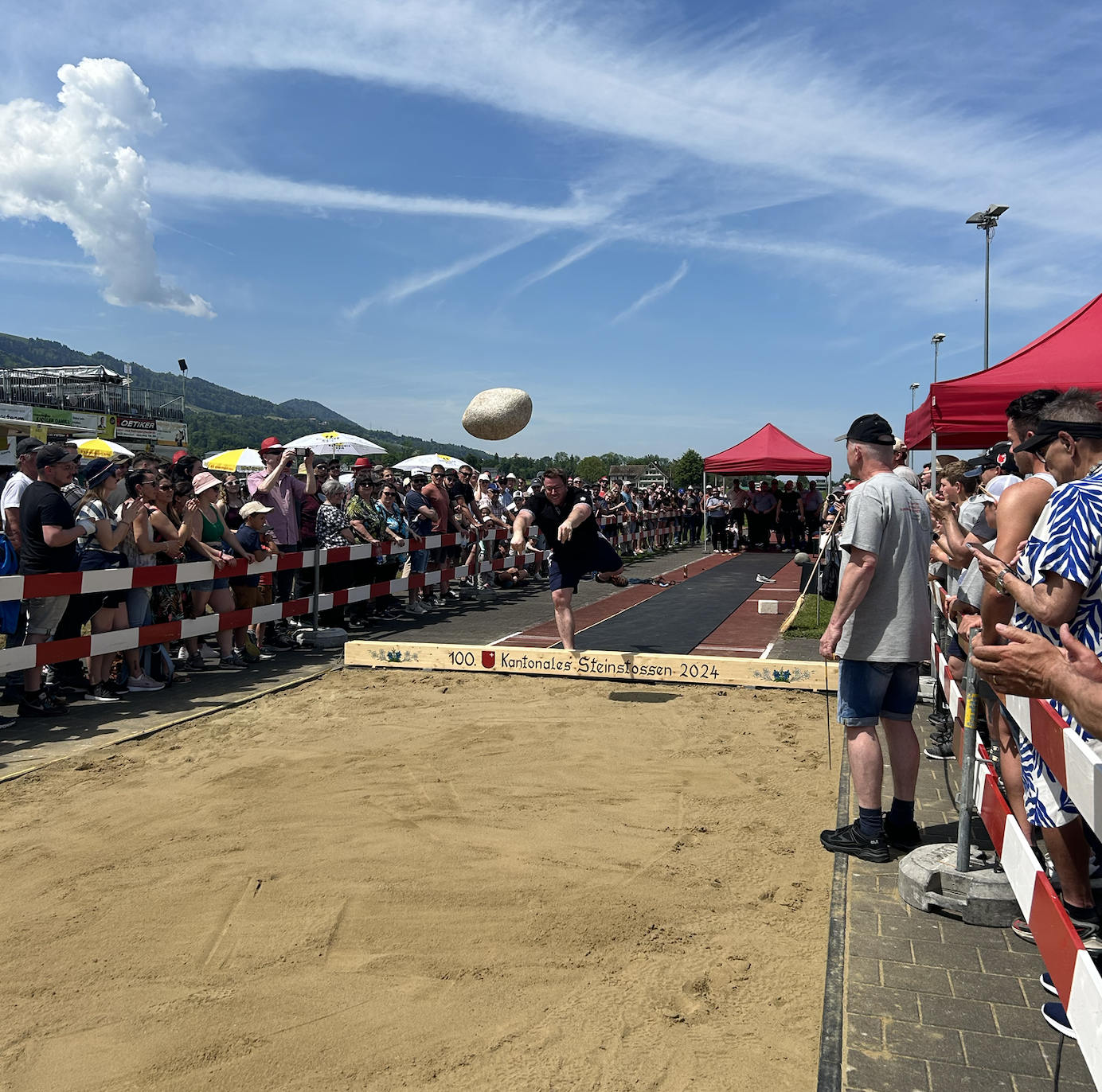
A year later, just after I had made it to the final of the Federal Alpine Games with the Ybrig Stone’s famous little brother, the Unspunnen Stone, in the 56,000-seater arena in Mollis, the keeper of the Ybrig Stone invited me to learn more about its history and the inspiration behind it. My article is the result of this journey. For the first time, it brings together what had existed only in scattered form - oral stories, archival records, local memories, and private collections - to tell the full story of the Ybrig Stone: its origins, its legend, and its living legacy from myth to modern sport.
If you enjoy Daniel's article, follow him on Instagram.

Dinnie Stones attempts 2026
A few weeks ago, Stevie Shanks updated thedinniestones.com with the dates for 2026's Dinnie Stones attempts.
For 2026, attempts will take place on the first Thursday of the month from February to November, which is a slight deviation from past years' when they took place on the first Tuesday. However, like 2025, you will need to donate £30 to secure your place and help fund The Gathering.
As of writing, there are still spaces available, but places are getting low on some days, so try to book sooner rather than later to avoid disappointment. If you're interested in attempting the feat, follow the guidance on the Set Up Your Lift page. Stevie is recovering after being in hospital, so please be patient.
Stonelifting Sessions updates
Last time, I mentioned I was going to start emailing readers for feedback on Stonelifting Sessions, so some of you should have received (or will receive) an email from me with some questions.
After some early feedback, I've adjusted a few of the ringed stone sessions. Although some of the sessions focused on training for the Dinnie Stones, their titles didn't make it clear, so I've changed them from "Ringed stones" to "Dinnie Stones". Those sessions still apply to almost any pair of stones with rings, but this should make things much clearer for those looking to train specifically for the Dinnie Stones.
Additionally, to help guide lifters into heavier lifts and a peak, I've added a new Dinnie Stones III session that you can use in the lead up to the Dinnie Stones challenge session, or the real deal.
If you've already purchased Stonelifting Sessions, you can download the latest version by using the download link in your original delivery email. Please reach out via email if you have any issues.
If you haven't tried Stonelifting Sessions yet, you can easily incorporate a session into your training next week using over 50 plug-and-play stone workouts.
Made of Stone documentary premieres
On Monday night, Made of Stone premiered on RTÉ One, following David Keohan – also known as Indiana Stones – on his quest to revive stonelifting in Ireland.
I thought the film was a brilliant showcase of stonelifting – not just the lifting itself, but the history, community, research, and stories that make up the stonelifting experience.
My legs are cut to shit, my hands are in bits from tearing at that lump of granite. But I wouldn’t have it any other way, man. I just love this stuff. I absolutely love it.
One thing that really stood out to me was how, unlike other documentaries about lifting stones, this film follows David as he goes out and uncovers some of the stones featured. It truly feels like you're alongside David supporting him digging up Irish history and culture.
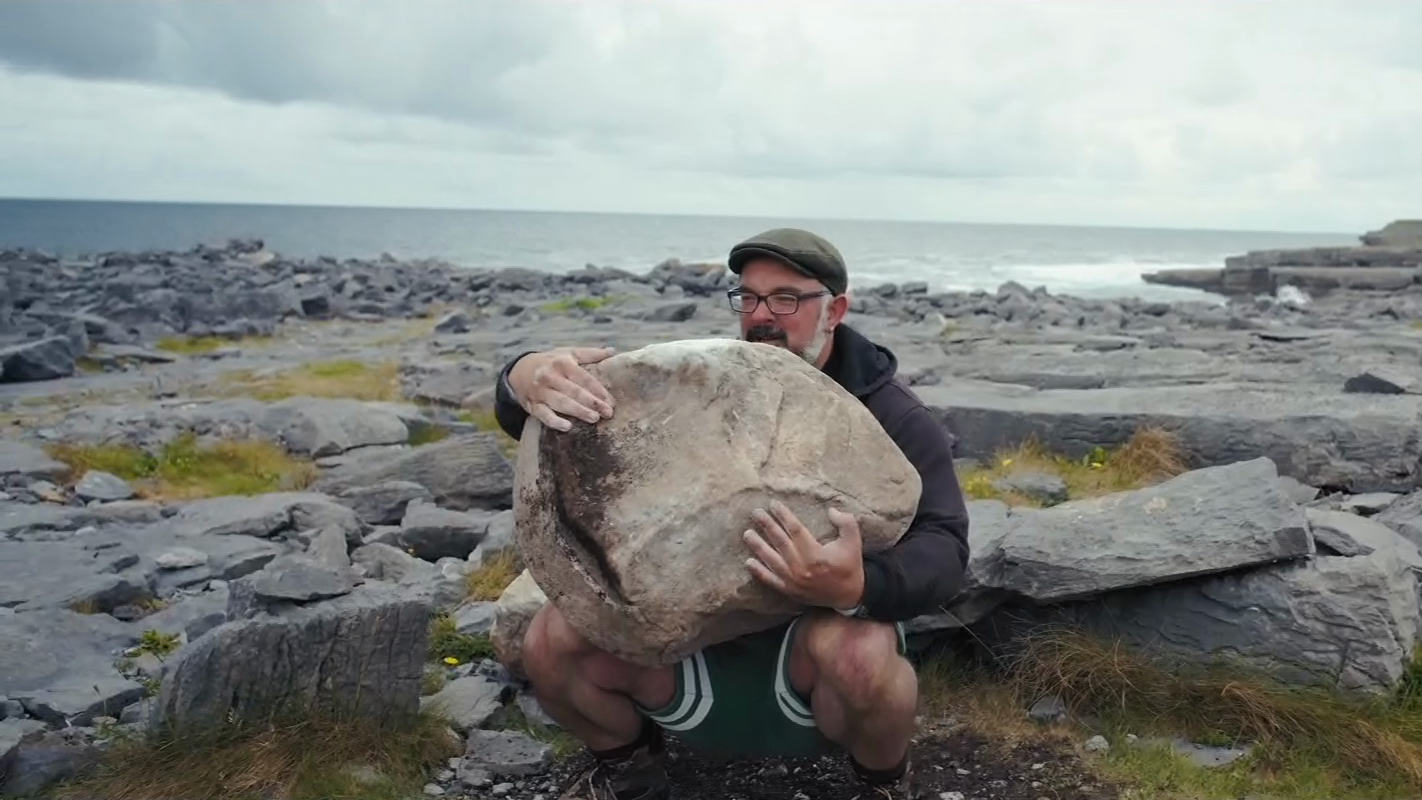
David's passion shines through as usual, and it was fantastic to hear him share his stories outside of social media. And, from what I've seen, the response from the stonelifting community (and the public) has also been brilliant.
I'm not a film critic, but the cinematography did a great job of highlighting Ireland's incredible landscapes, and the celtic-style titles and traditional music brought it altogether into an authentically Irish take on stonelifting. It's well worth setting aside an hour of your time to watch it, if you can access it.
Frustratingly, the film is region-locked to Ireland (I understand why, but that doesn't make it less frustrating), so those outside the country are unlikely to see it. And that's a shame, because I think a global audience would enjoy it too – hopefully it'll have an international release in the future.
If you're in Ireland and you haven't seen Made of Stone yet, you can watch it on RTÉ Player.

But that's not the end of the story. The morning after Made of Stone's premiere, the National Museum of Ireland and the National Monuments Service shared a post on Facebook issuing a statement.
The National Museum of Ireland and the National Monuments Service wish to advise those interested in the practice of lifting stones that serious archaeological damage may be caused through the activity.
Archaeological stones are protected under legislation. We would urge the public to avoid interfering with stones and/or locations which are archaeological in nature.
Ancient stones are fragile and susceptible to serious damage when dropped. The surrounding soil can also be damaged by this practice.
Interestingly, Made of Stone already opens with a disclaimer.
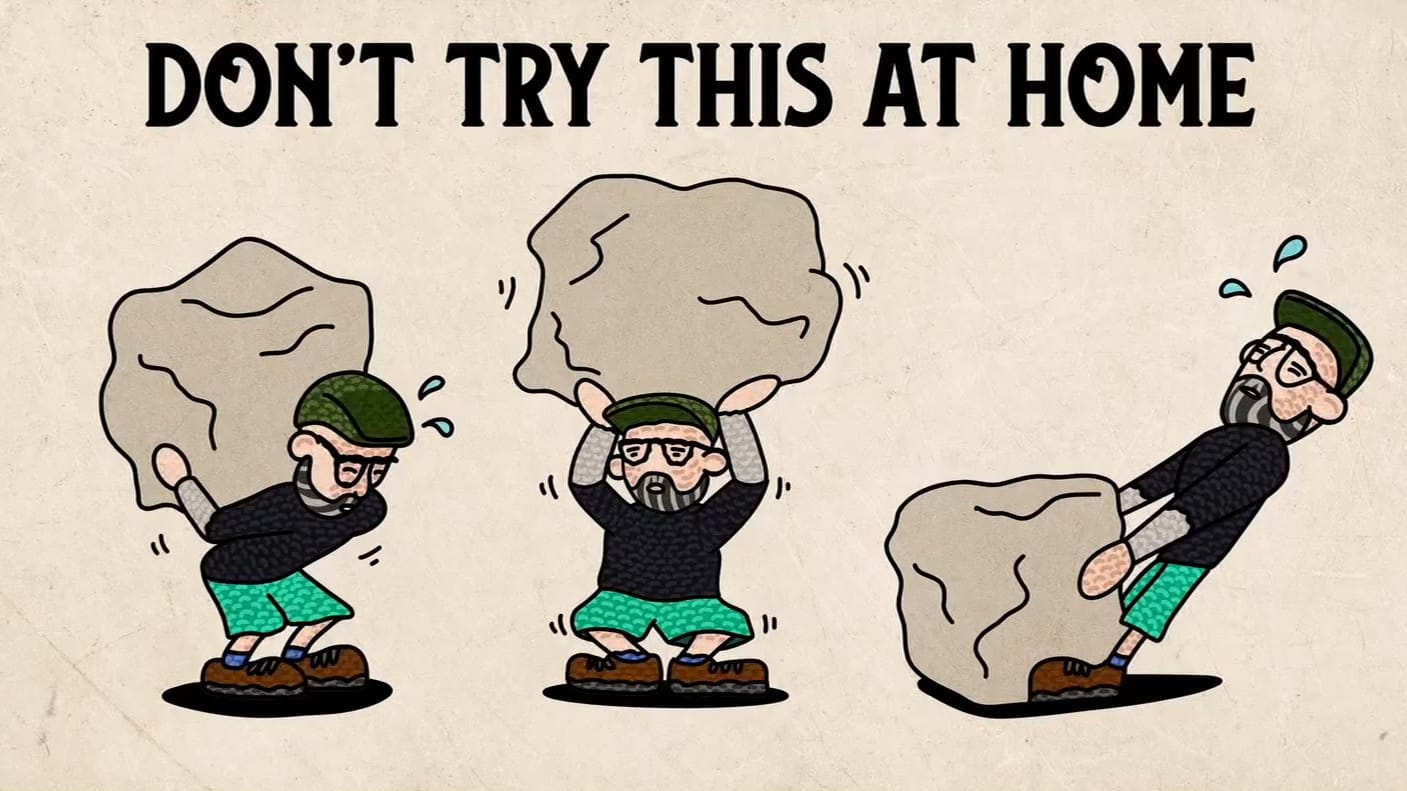
I’m sure the statement was made in good faith in an attempt to protect stones and monuments from enthusiastic novices inspired by the film. But the statement felt reactive and shortsighted – it was a quick response to publicity following the documentary that fails to recognise that the only reason these Irish stones came back into public awareness was through the efforts of enthusiasts like David Keohan.
The blanket warning, with its emphasis on legal consequences, left a sour taste for many in the stonelifting community. It misrepresents the reach of the law as I understand it (lifting privately owned stones with permission is not the same as disturbing protected monuments for instance) and overlooks the fact that engaging with history and culture is part of preserving it.
Most lifters follow strong informal ethics: lifting with landowner permission, respecting sites, and taking care to avoid damage to the stone or the land (the Stonelifting Etiquette article is one of the most popular articles I've ever published). In reality, stonelifters are often the best stewards of the history, recording weights, documenting locations, teaching others, and passing down stories that would otherwise be lost to time.
Protecting archaeological sites is important – and it's a decent reminder for the growing stonelifting community. But the way the statement was framed risks alienating the people who could be the strongest advocates for their cause, ultimately undermining their goal and discouraging the kind of respectful engagement that keeps heritage alive. Instead of rushing to make a statement, imagine if these institutions had engaged with the people reviving this important part of Irish history and culture.
To quote David Keohan from the film:
You’re just fingers crossed – please God – we get some more stones and stories and be able to pass this down through the generations again.
Pudrac stone repair
If you've been following the last few newsletters, you'll know the Pudrac plinth's story: it was heavily cracked due to long-term wear and a large chunk eventually broke away over the summer. Jamie Gorrian then organized a fundraiser to fund repairs to the plinth.
David from Mcintyre Masonry performed the repair work to the plinth back in September, re-seating the broken chunk and repairing the large fault lines.
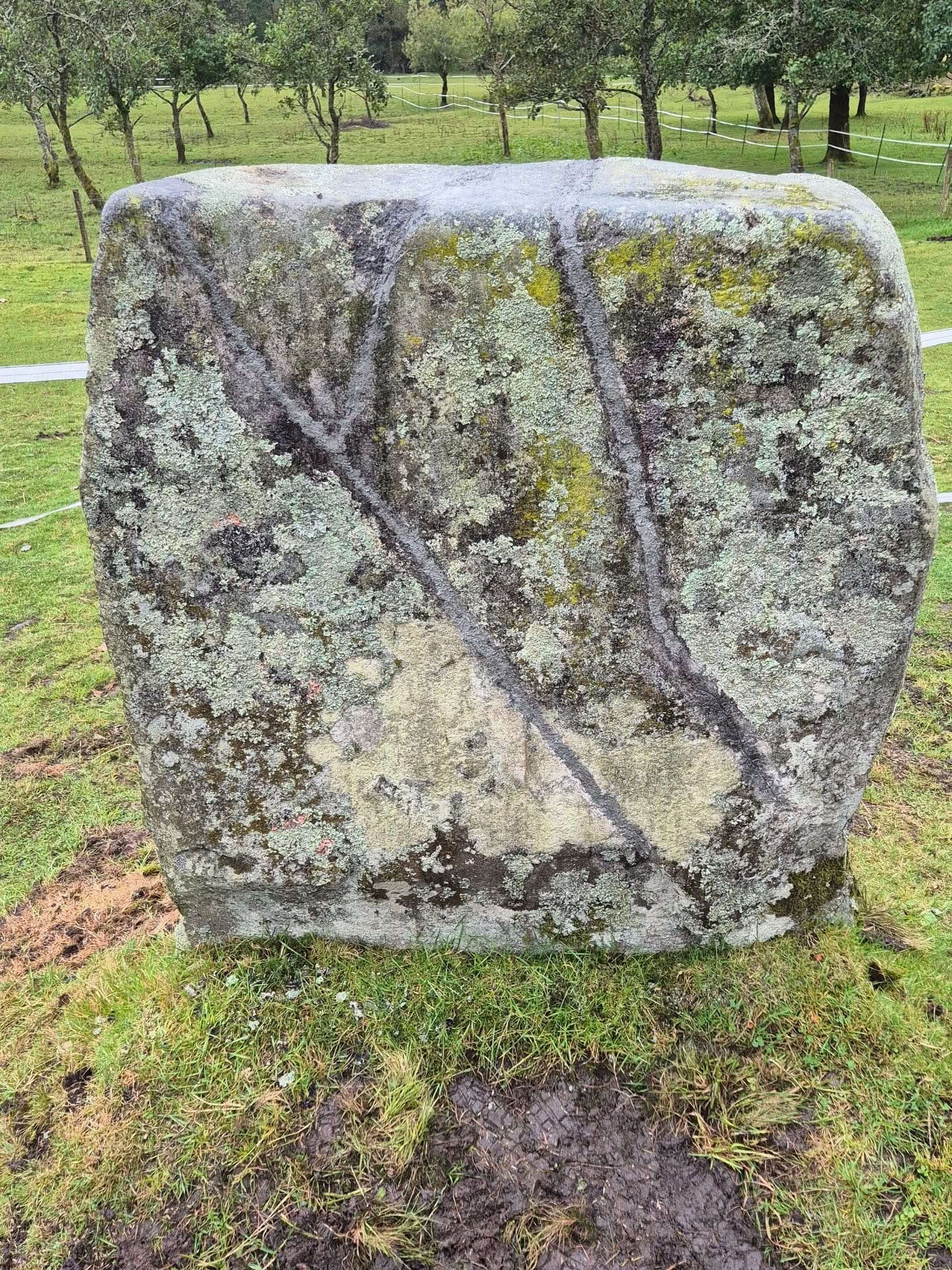
The photos Jamie shared show clear 'fresh' repair lines, but their visibility should diminish over time with weathering and moss growth.
It's been brilliant watching Jamie share the progress from the initial wear to the repair, all in a relatively short span of time. The whole saga highlights how much impact one person can make when they have the passion to bring a community together to preserve archaeologically important sites, so thank you, Jamie!
As a reminder, the Puterach and Monachyle stones are still liftable, but there will be no lifts to the Pudrac plinth. If you'd like to lift the stones, please contact Lindsay, Nigel, and Ashley via the puidracstone Instagram page to ask permission.
liftingstones.org shop
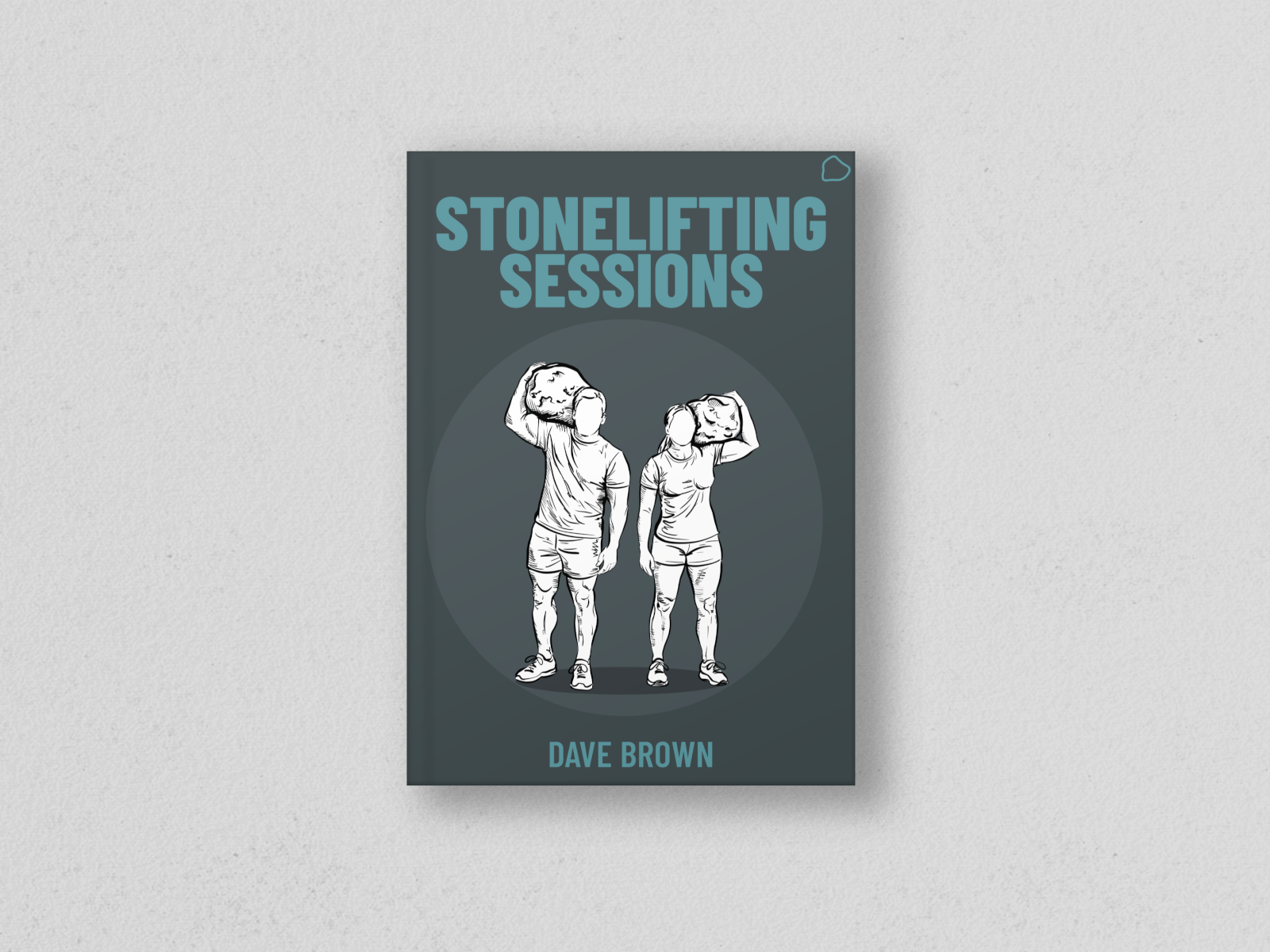
Stonelifting Sessions ebook
Incorporate natural stones into your training and become a stronger stonelifter using over 50 plug-and-play stonelifting sessions.

